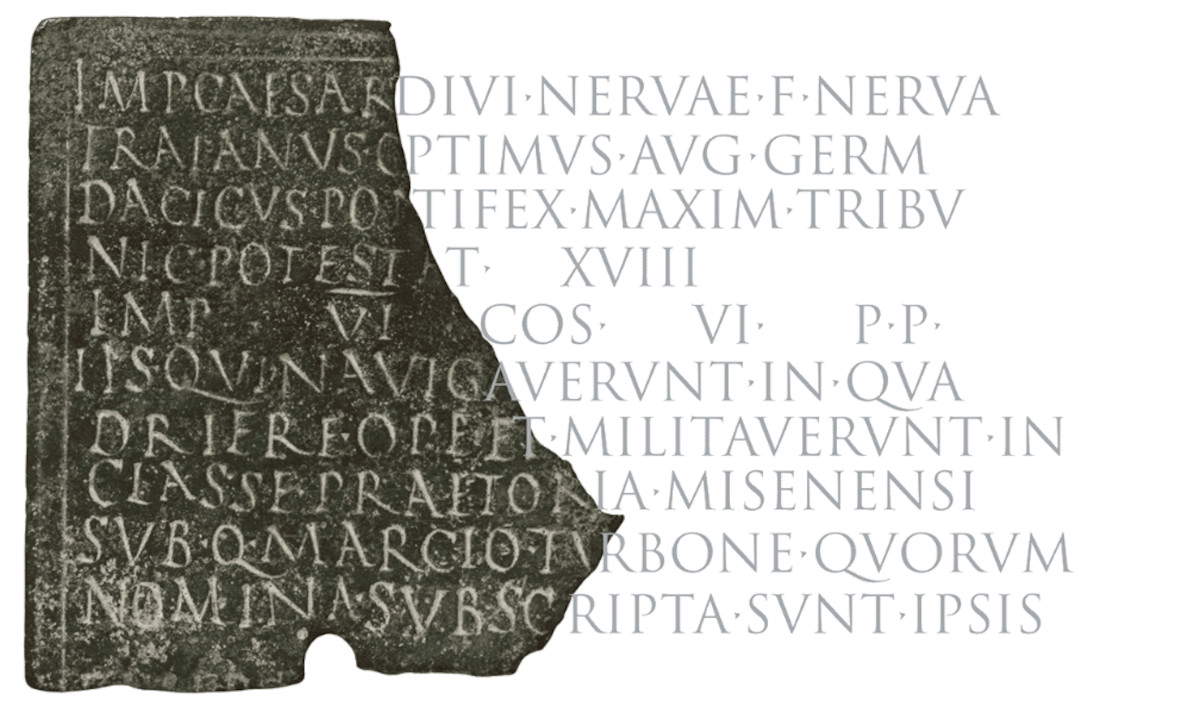A new artificial intelligence system, called Aeneas, is revolutionizing the field ofepigraphy: it can estimate the time of writing of ancient Latin texts, identify their area of origin and even reconstruct missing portions. Presented in the journal Nature, Aeneas was developed by an international team that includes scholars already known for creating Ithaca, a model capable of restoring, dating and placing ancient Greek inscriptions.
Deciphering ancient inscriptions is a complex task because many are patchy, the vocabulary evolves over time, and comparable sources are scattered and often difficult to find. As Thea Sommerschield, an epigraphist at the University of Nottingham in the United Kingdom who collaborated on the project with Google DeepMind and in partnership with researchers from the Universities of Warwick, Oxford and Athens University of Economics and Business (AUEB), points out, comparing a fragment with similar texts can be time-consuming. Moreover, the number of new discoveries is constantly growing, making it impossible for a single researcher to have a complete overview, as Anne Rogerson of the University of Sydney noted.
Aenaes “greatly accelerates this complex and time-consuming work. It reasons through thousands of Latin inscriptions, retrieving textual and contextual parallels in seconds that allow historians to interpret and further develop the model results,” DeepMind reads. It is a generative AI system trained on a vast epigraphic archive. The model was trained on more than 176,000 Latin inscriptions drawn from the world’s three major epigraphic databases: the EpigraphicDatabase Rome (EDR), theEpigraphic Database Heidelberg (EDH) and the Epigraphic Database Clauss Slaby (EDCS-ELT). The total dataset called the Latin Epigraphic Dataset also includes images of about 5 percent of the inscriptions.
Aeneas is able to help “historians interpret and contextualize a text, give meaning to isolated fragments, draw more complete conclusions and reconstruct a better understanding of ancient history,” including features advanced features such as finding parallels in a large collection of Latin inscriptions, restoring gaps in texts whose missing length is unknown, cutting-edge performance in restoring damaged texts and predicting when and where they were written, but most importantly Aeneas is “the first model to determine the geographic provenance of a text using multimodal inputs. It analyzes both text and visual information, such as images of an inscription.”
A concrete example of the effectiveness of Aeneas is its use in the study of the Res Gestae Divi Augusti, on which there has been much debate about dating. By transforming the dating question into a probabilistic estimate based on linguistic and contextual data, the Aenaes model offers a new quantitative way to address long-standing historical debates.
“Aeneas is designed to integrate into historians’ existing research workflows. By combining expert knowledge with machine learning, it opens up a collaborative process, offering interpretable suggestions that are valuable starting points for historical research,” they conclude from DeepMind.
 |
| New AI model may help decipher and place ancient Latin inscriptions |
Warning: the translation into English of the original Italian article was created using automatic tools. We undertake to review all articles, but we do not guarantee the total absence of inaccuracies in the translation due to the program. You can find the original by clicking on the ITA button. If you find any mistake,please contact us.